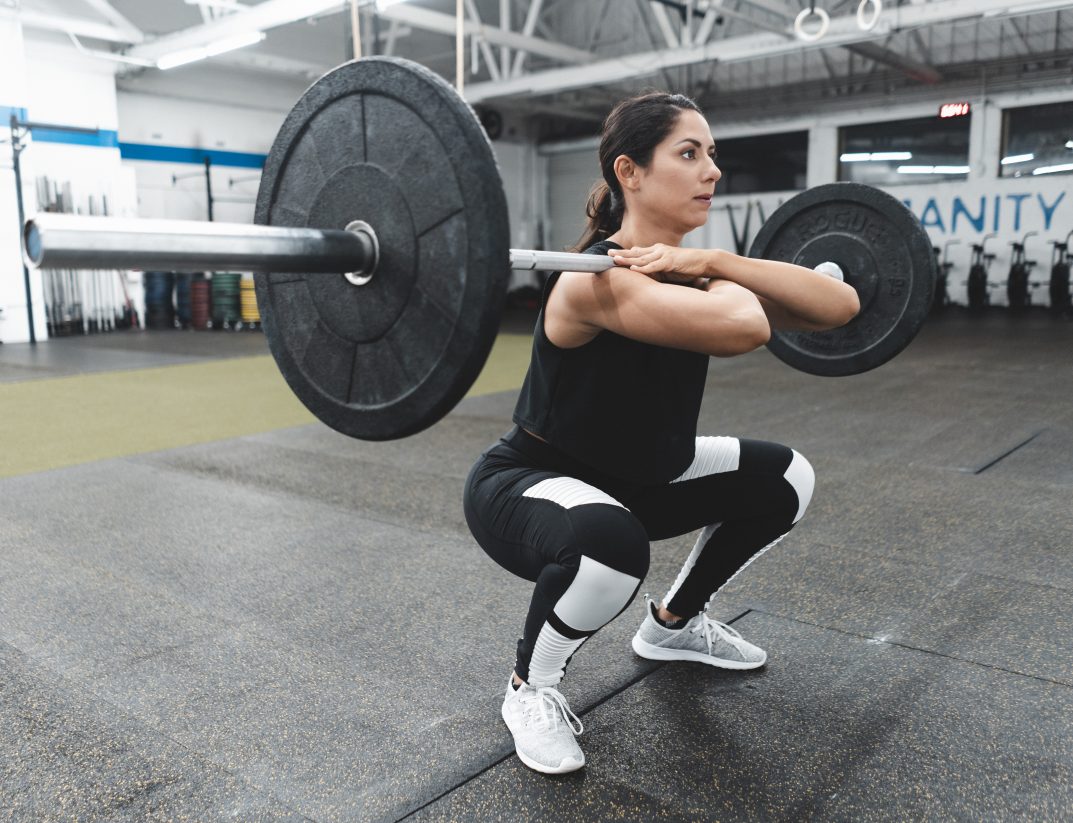I’ve never been a fan of the title “online fitness coach.” It’s unclear what immediatly comes to mind for people, but I assume they picture an Instagram feed full of mirror selfies and weird butt angles that make no sense…
The thought of it gives me nightmares, but that’s another issue.
The truth is, I am an online strength and Pilates coach, and I share a lot of fitness content on Instagram to help people stop wasting time in the gym and train like a freakin’ boss.
Progress is Not Linear, and That’s a Good Thing
Getting people strong isn’t exactly rocket science, but it’s not as simple as stringing together a bunch of random exercises for sets of 3×10 and calling it a day. Trainees are humans, not robots. As such, progress looks different for every one. Getting someone to lift without pain years after an injury is a major win – and that has nothing to do with reps, sets, and load.
While the Internet “fitness influencers” might have you think that progress can be condesnsed now to a single “before” and “after photo, progress doesn’t usually appear in a neat little package. Getting a client to consistently hit 90% of her workouts is progress. Enabling someone to complete functional activities of every day life without feeling exhausted is a success.
That is progress.
Hard to quantify and nearly impossible to squeeze into a neat social media photo.
Long-term Progress is Often Subtle
When training clients long-term (greater than six months), tracking progress is sometimes the acknowledgement of how an exercise feels 10000x easier than it did in the beginning.
My client Genoffir is the perfect example. She has trained with me for the past three years. We rarely train with barbells anymore and certainly don’t shoot for any PRs. But the woman is helluva a lot stronger and mobile than when she started. She lifts with pristine form, and her Pilates moves have given her flexibility she didn’t even know existed before. That is progress.
View this post on Instagram
Another example of what progress can look like – I recently posted an Instagram reel on my squats from 2015-2021.
View this post on Instagram
While none of these examples demonstrate my heaviest squat attempt ever it does demonstrate the following:
- 2015 Trish was itty bitty compared to 2021 Trish.
- 2021 Trish still trains the same lift as 2015 Trish.
- My set-up, technique, and form has improved dramatically over the years, even if it’s not clearly visible.
- A 95lbs back squat used to feel heavy. Today, 120lbs feels like a warm-up.
It’s taken years, tons of training, and learning from various coaches to iron out the sticky points like:
- Butt wink
- Bouncing
- Knee collapse
- Shooting the hips
- Squat depth
The Tea on Progressing Your Strength and Lifts
So how do you progress your lifts if there’s no straight and easy path to getting there?
Tip #1 Train single arm/single leg every workout
If you want to improve the squat, deadlift or any other bilateral lift, then you must also train unilaterally.
Bulgarian squats, split squats, single leg squats, and lunges will attack any imbalances and have you lifting stronger than ever. The added bonus is that unilateral exercises help prevent injuries.
Tip #2 Utilize multiplaner training
Well-rounded athletes train in multiple planes. They have too – sports don’t move in a single direction. Yet, regular gym goers often train in the same sagittal plane. Training beyond the sagittal plane is a must if you want to prevent injury and see your lifts progress.
View this post on Instagram
Tip #3 Leverage pauses and eccentrics
Another way to progress your lift without adding more sets, reps, or load is through tempo training. More specifically, utilizing more pause reps and slow eccentrics.
This applies to any and all movements. Want to get better at pull-ups? Negative pull-up will take you from zero to hero.
Want to prevent your hips from shooting up in a deadlift? Pause in the middle of the rep and lift the bar slowly off the floor.
Not hitting the correct depth in your squats? Box squats with pause reps will clean that right up.
Tip #4 Stop doing HIIT
Newsflash: All those HIIT workouts are making you suck more at lifting.
Don’t kid yourself. Most HIIT workouts you find online aren’t truly high-intensity if all you’re doing is jumping around and moving from one exercise to another with minimal rest. The more fatigued you are, the less precise you are in your lifting.
If you’re not progressing in your lifts, then stop doing a bunch of fast-paced, HIIT style workouts and follow a real strength training program.
That’s it. That’s the tea, friends.

